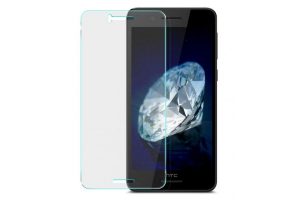 Have you come across a foldable phone? Whether you are ready or not to embrace this fantastic development, brace yourself for foldable phones such as the Samsung Galaxy Fold and Huawei’s Mate X, which are poised to hit the markets anytime in 2019.
Have you come across a foldable phone? Whether you are ready or not to embrace this fantastic development, brace yourself for foldable phones such as the Samsung Galaxy Fold and Huawei’s Mate X, which are poised to hit the markets anytime in 2019.
Besides that, these leading smartphone manufacturers have made their intentions known as far as this technology is concerned; the software remains non-existent and unannounced. We also left guessing about the prices. The good thing is that these significant concerns can be addressed on the fly.
Material Selection
You can be almost sure that these devices will be made of glass. Glass is durable, hard to scratch, and flexible. Did you know that glass could be folded? Yes, much more than most of us can imagine. However, it just cannot flex much, which implies that it is not ideal for foldable smartphones.
However, some experts have every reason to believe that the first batch of foldable smartphones would not be made from glass. Using glass would merely be going against the laws of physics, which is just not practical. For instance, manufacturers might have problems attaining tight radiuses with glass, without compromising on the durability of it.
There is a real chance that foldable smartphones would not be made from glass. Instead, manufacturers have to turn to special polymers. This makes some sense, considering that plastics can bend as far as you need them to, and can be flexed repeatedly. Based on some initial tests on this particular polymer, Samsung affirms that its innovative Flex Display can withstand hundreds of thousands of openings.
The Bottom Line
However, as we all know, plastic is not just the right material for smartphones; it is easy to scratch and ding up. Owing to these shortfalls, some experts believe that a particular type of glass could replace these polymers before foldable phones go mainstream for a worthwhile experience.
